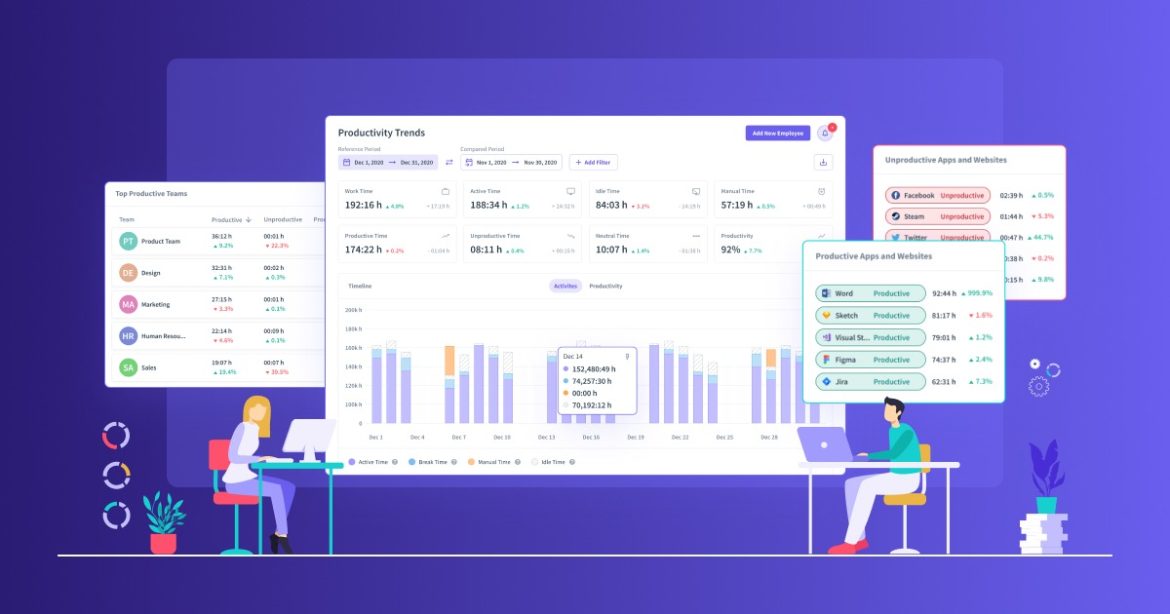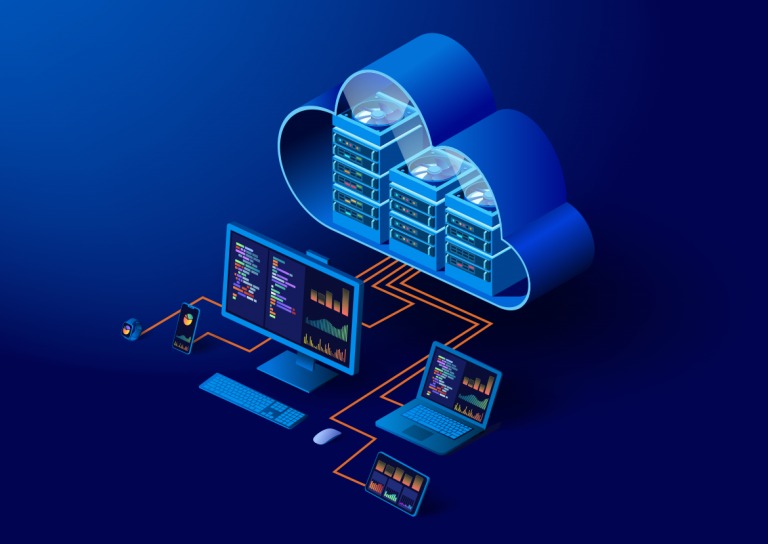Blockchain technology has come a long way since its inception with Bitcoin in 2008. Initially, it was primarily associated with cryptocurrencies, but over the years, it has evolved into a versatile technology with the potential to revolutionize various industries. In this article, we will delve into the integration of blockchain in mainstream software applications, exploring its benefits, challenges, and real-world use cases.
Understanding the Basics of Blockchain
Before we dive into the integration of blockchain in software applications, let’s briefly recap the fundamentals of blockchain technology. At its core, a blockchain is a decentralized and immutable ledger that records transactions across a network of computers. Each block contains a group of transactions, and once added to the chain, they cannot be altered or deleted. The security and transparency of blockchain are ensured through cryptographic hashing and consensus mechanisms like Proof of Work (PoW) or Proof of Stake (PoS).
Blockchain’s decentralization eliminates the need for intermediaries, making it a trustworthy and tamper-proof system. This technology has found applications far beyond cryptocurrencies and is now making its way into mainstream software development.
Benefits of Integrating Blockchain
Enhanced Security
One of the most significant advantages of integrating blockchain into software applications is enhanced security. Traditional centralized systems are vulnerable to hacks and data breaches, but blockchain’s cryptographic algorithms and decentralized nature make it exceptionally secure. It ensures data integrity and reduces the risk of unauthorized access.
Transparency and Trust
Blockchain’s transparent and auditable nature fosters trust among users. Every transaction and data modification is recorded on the blockchain, and participants can trace the entire history of data, which is particularly valuable in industries like supply chain management and healthcare.
Decentralization and Reduced Costs
By eliminating intermediaries and central authorities, blockchain reduces costs associated with third-party verification and transaction fees. This makes transactions faster and more cost-effective, especially in cross-border payments and remittances.
Smart Contracts
Blockchain enables the creation of smart contracts, self-executing agreements with predefined rules and conditions. These contracts automate processes, reduce the risk of disputes, and enhance efficiency in various industries, such as real estate and insurance.
Challenges in Integrating Blockchain
While blockchain offers numerous benefits, it also presents certain challenges in its integration into mainstream software applications:
Scalability
Scalability remains a significant concern for blockchain. Popular blockchains like Bitcoin and Ethereum face scalability issues, leading to slower transaction processing times and higher fees. Solutions like sharding and layer-2 scaling are being explored to address this challenge.
Regulatory Compliance
Navigating the complex regulatory landscape is a hurdle for blockchain integration. Different regions have varying regulations for cryptocurrencies and blockchain applications, requiring businesses to adapt and comply with local laws.
Interoperability
Interoperability between different blockchain networks is essential for widespread adoption. Currently, the lack of seamless communication between blockchains limits their potential. Efforts are underway to develop protocols and standards to address this issue.
Energy Consumption
Proof of Work (PoW) blockchains, like Bitcoin, consume a significant amount of energy. This has raised environmental concerns and led to the development of more energy-efficient consensus mechanisms like Proof of Stake (PoS).
Real-World Use Cases
Blockchain integration in mainstream software applications has gained momentum across various sectors:
Finance and Banking
Blockchain is transforming the financial industry by providing faster, more secure, and cost-effective cross-border payments. It also enables the tokenization of assets, making it easier to trade and invest in traditionally illiquid assets like real estate and art.
Supply Chain Management
In the supply chain, blockchain ensures transparency by tracking the journey of products from manufacturing to delivery. This helps in reducing fraud, verifying product authenticity, and enhancing traceability.
Healthcare
Blockchain enhances the security and privacy of healthcare data, enabling secure sharing of patient records among healthcare providers while maintaining patient consent and control. It also aids in drug traceability and clinical trial management.
Voting Systems
Blockchain can revolutionize voting systems by providing secure and tamper-proof elections. It ensures the integrity of the voting process and eliminates concerns about fraud or manipulation.
Conclusion
The integration of blockchain in mainstream software applications holds tremendous promise. Its benefits, including enhanced security, transparency, and reduced costs, are reshaping industries and unlocking new possibilities. However, challenges such as scalability, regulatory compliance, and interoperability must be addressed for blockchain to reach its full potential. As businesses and developers continue to explore innovative use cases, the future of blockchain integration appears bright, promising a more secure and efficient digital world.







